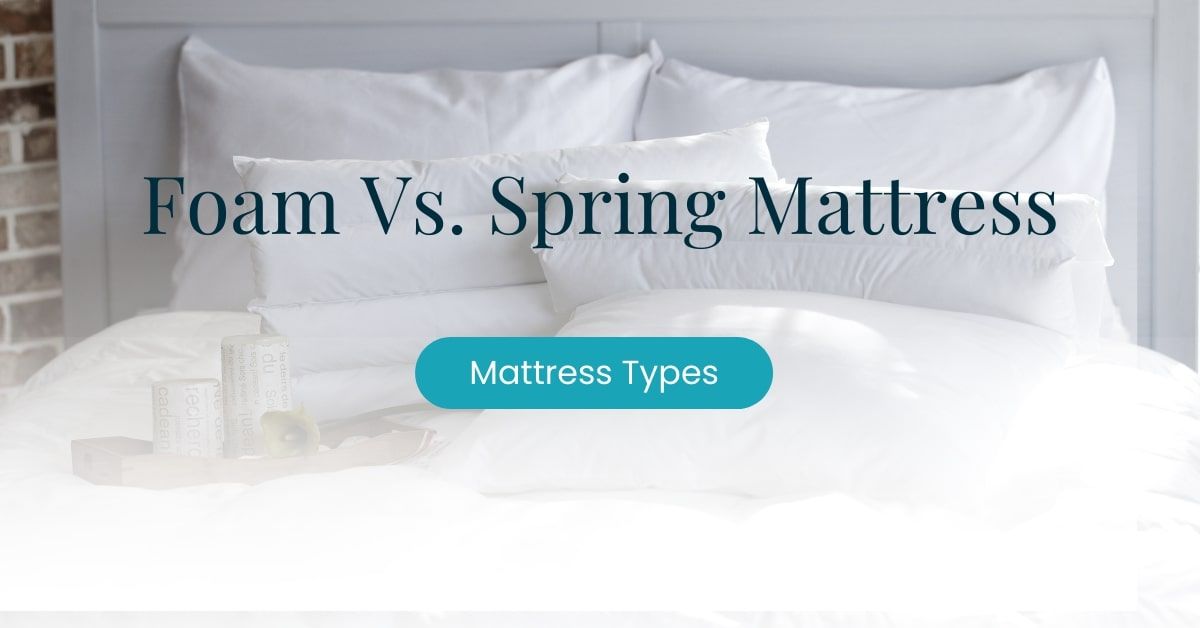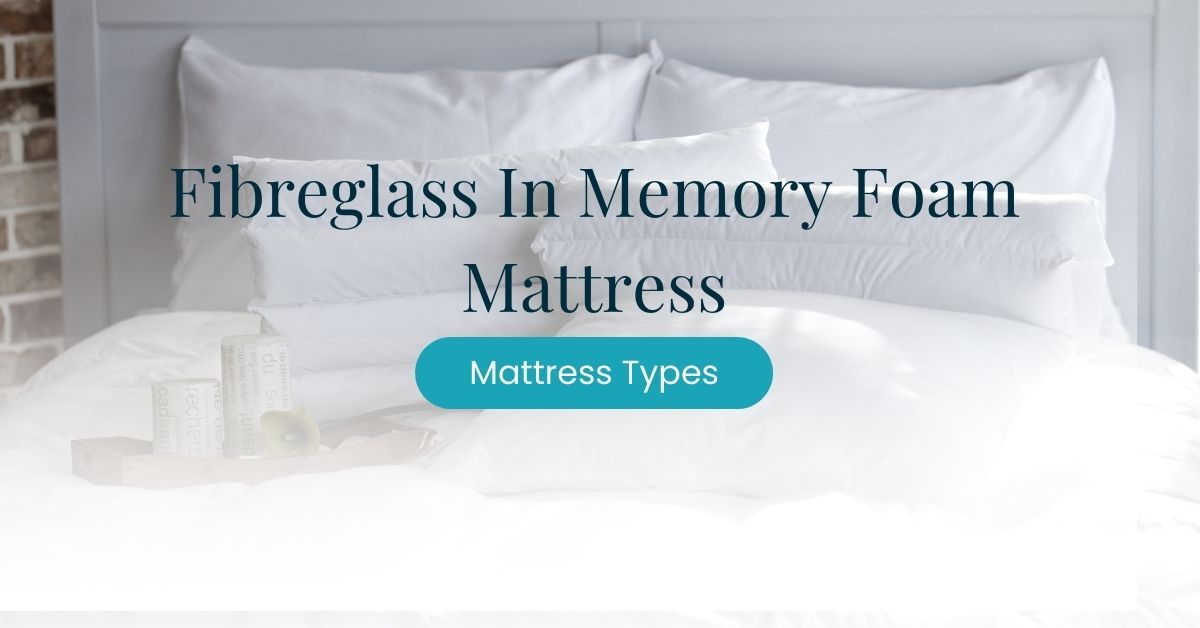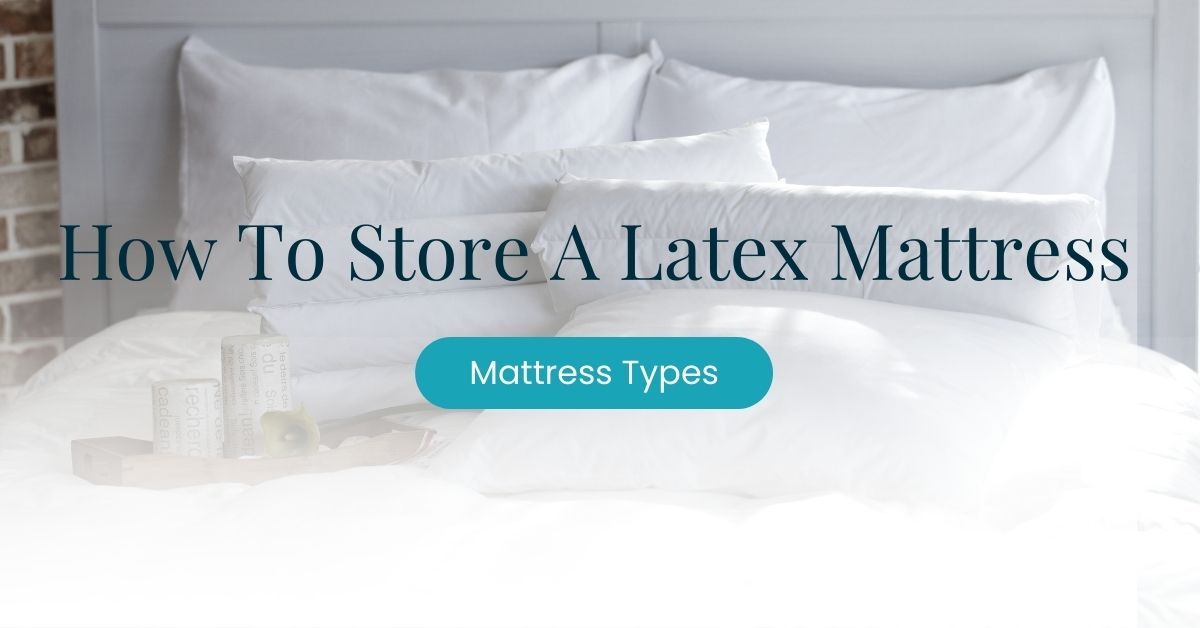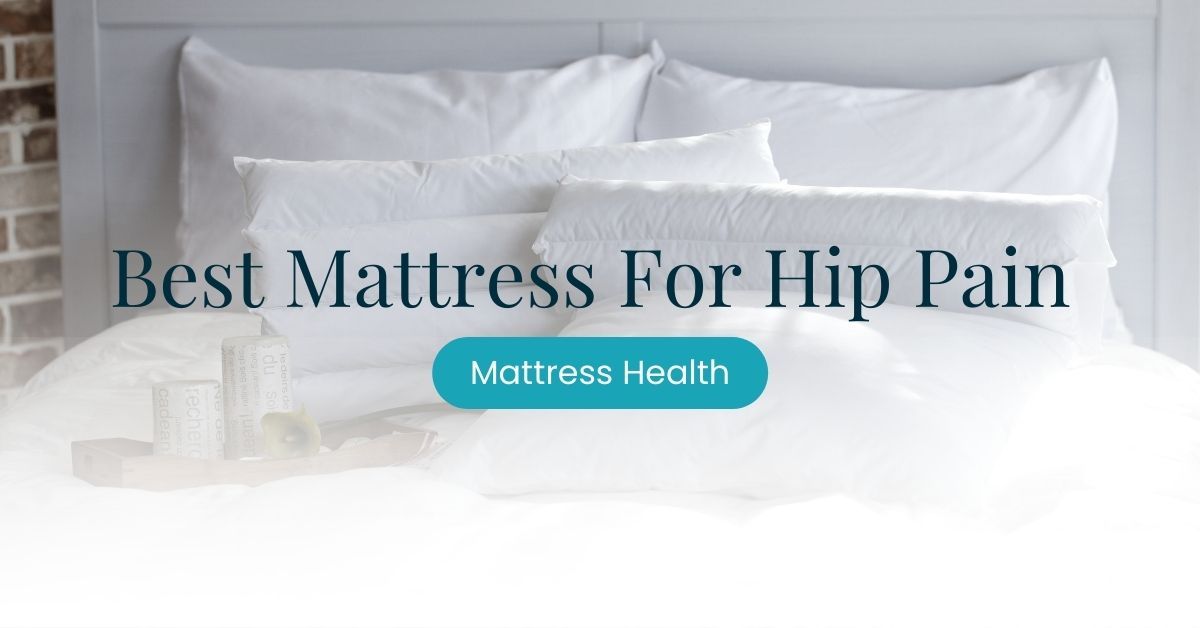Have you ever found yourself comparing a foam mattress or a spring mattress? The classic foam vs spring mattress debate has had redditors debating for eternities. Foam mattresses and spring mattresses have strengths that make them known in the market.
Spring mattress prides themselves in support, while foam mattress prides themselves in comfort. But that’s not the only thing you should know. These two mattresses differ in terms of
- Contouring
- Firmness
- Back pain and pressure relief
- Sleeping position suitability
- Body type suitability
- Motion isolation
- Temperature
- Affordability
- Initial Odour
- Durability and Lifespan
Before we go to the side-by-side comparison of foam and spring mattresses, let’s talk about each type first. This can give you a better insight into what mattress type suits you.
What is a Foam Mattress?

Many people prefer foam mattresses because they provide excellent pressure reduction and proper spinal alignment. Foam mattresses, more specifically memory foam mattresses, were the leading in terms of market size in the 21st century.
But what makes a foam mattress comfortable? A foam mattress usually has a comfort layer and support core.
- The Comfort Layer: Softer foams create a cushioned sleeping surface. High-end mattresses may include multiple foam layers for insulation and transitional support and quilted foams on top for quick relaxation and pressure alleviation.
- The Support Core: This is the mattress foundation which is often built of high-density foam to avoid sagging and extend the mattress’s life.
Types of Foam Mattress
Foams are available in various forms and sizes, each with qualities, benefits, cost, and other perks and drawbacks. Let’s look at the three most common types of foam in the mattress industry: polyurethane foam, memory foam, and latex foam.
Polyurethane Foam
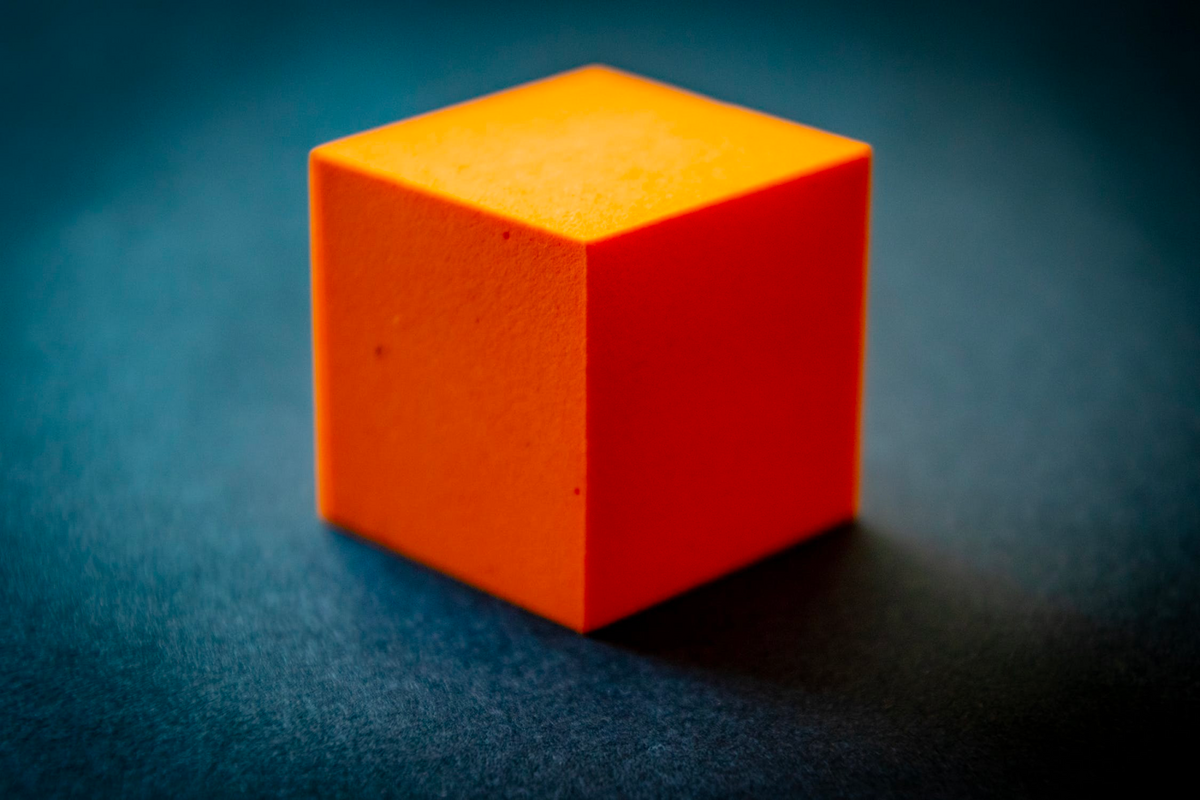
The most popular foam in the mattress industry is polyurethane or polyfoam. It was launched in the late 1950s to substitute natural fibre fillings like cotton and wool. It’s a petroleum-based artificial material created by combining polyol and isocyanates.
It fits well to body contours for pressure relief, but not as well as memory foam. However, memory foam responds quickly and returns to its original shape.
Memory Foam
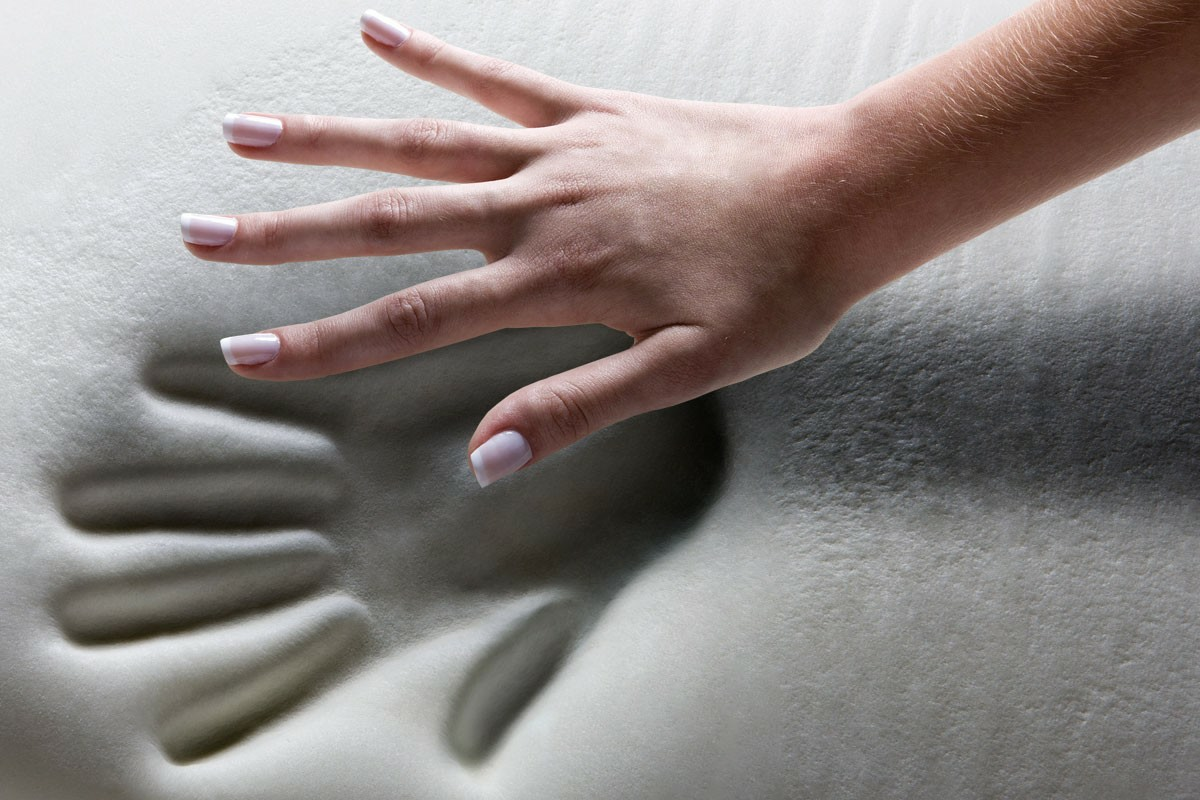
You might be surprised that NASA first developed your favourite memory foam. That’s right; these were initially made for astronauts as shock absorbers on planes.
Memory foam reacts to an individual’s body weight and temperature. It contours to your body curves for optimum conformance and pressure reduction. This means you’ll have a healthy spinal alignment and even weight distribution in all sleeping positions.
Latex Foam
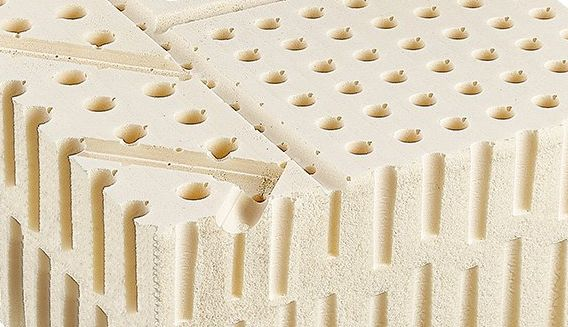
Latex is a natural material popular among eco-conscious buyers. It is made by whipping the sap of rubber trees into a frothy foam and pouring them into moulds to create latex beds.
Since it is a natural material, it is hypoallergenic and provides a clean surface for sleeping. This restorative material has several advantages, including durability and comfort.
Latex mattresses adhere to your body curves well, relieving painful joints and muscles. Latex is also suitable for hot sleepers because it is naturally cold.
What is a Spring Mattress?

Spring mattresses are one of the simplest and most cost-effective mattresses available.
Over the years, innerspring mattresses have evolved into luxury products due to new technologies and inventive designs.
Today’s high-end innerspring mattresses strike a near-perfect balance between comfort and support by adding layers of memory foam on the top layer.
Technically, these modern spring mattresses are referred to as hybrid mattresses. Hybrids, compared to memory foam, are much more advanced, having better cooling features and more bounce.
A traditional spring mattress typically consists of three components:
- The Comfort Layer: Sleeping on coils alone is impractical. The core has a thin upholstery layer on top, commonly composed of soft materials like foam or fibres.
- The Support Core: The mattress’s core body, where steel coils are arranged for comfort and support. The number and gauge of coils in a mattress differ from one another.
- The Foundation: The bottom layer is commonly constructed of wool padding or a thin foam layer to give the coil stability.
Types of Spring Mattress
While the fundamental components of an innerspring mattress stay the same, the coil systems differ. The coil system used in a mattress determines the mattress’s quality, comfort, support, pricing, and many other characteristics.
Let’s look at the mattress industry’s three most common types of spring:
- offset coils
- continuous coils
- individually pocketed coils.
1. Offset Coils
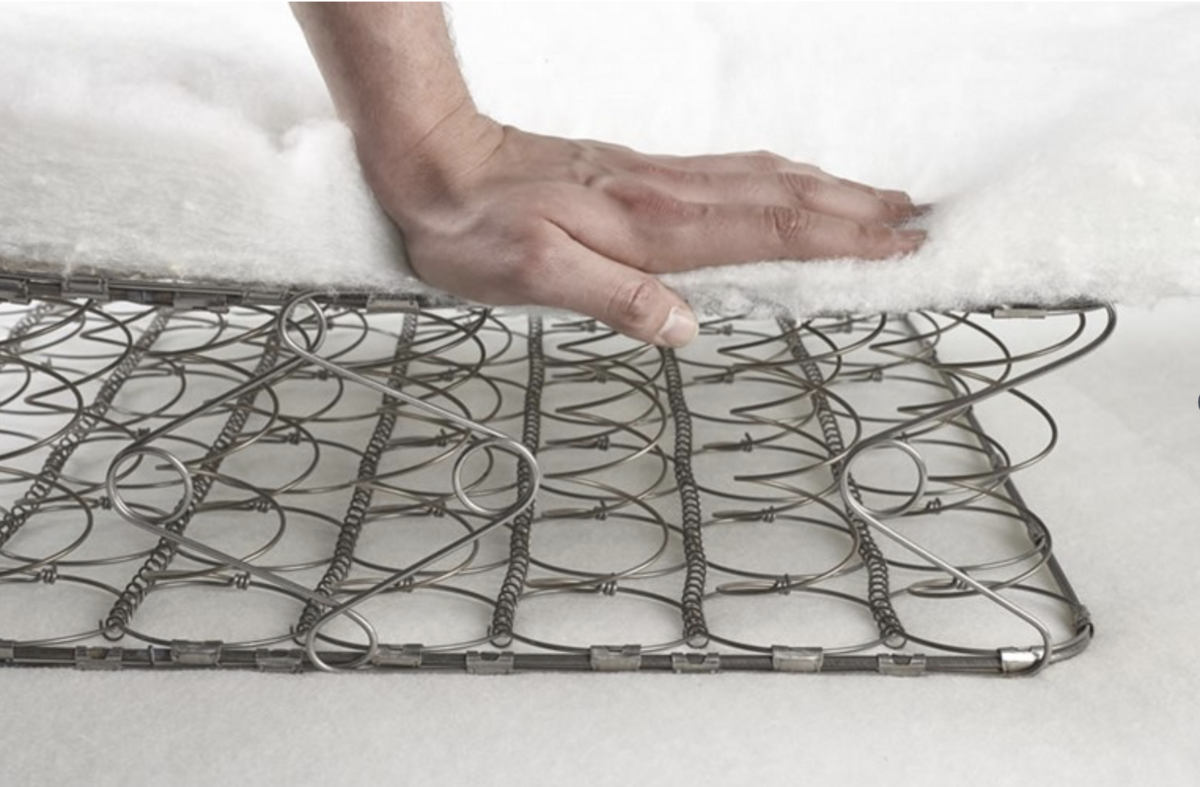
These coils compress slightly due to their hourglass form, providing increased bounce and robust support. The flexible pushback force effectively relieves hurting joints, sore muscles, and a problematic back by holding your weight.
Also, spring mattresses stay cool even in the hottest weather due to the large empty spaces between the coils. The open spaces allow for enough ventilation within the mattress.
2. Continuous Coils
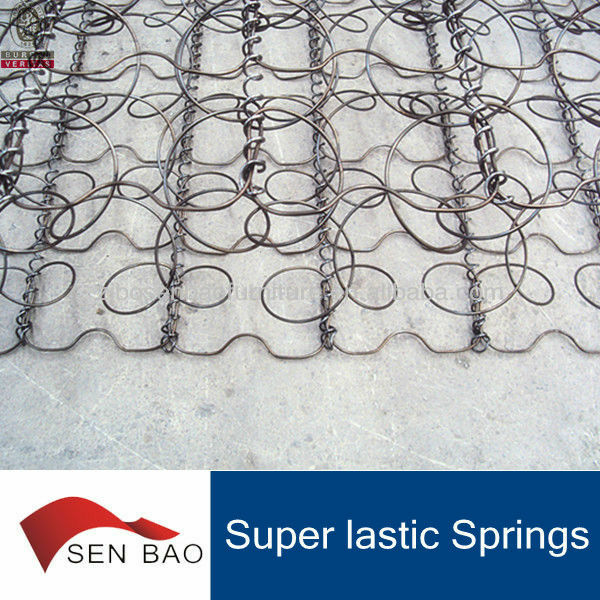
A continuous coil unit includes rows of s-shaped coils running from head to toe, providing consistent and stable support. Each row is made up of many coils that have been twisted from a single continuous wire.
As a result of the increased wire density, these mattresses are firm enough to support heavy sleepers of more than 100 kg. Back and stomach sleepers will also benefit from its uplifting support.
The continuous coil system is more robust than offset coils, provides superior support, and transfers fewer motion disturbances.
3. Individually Pocketed Coils
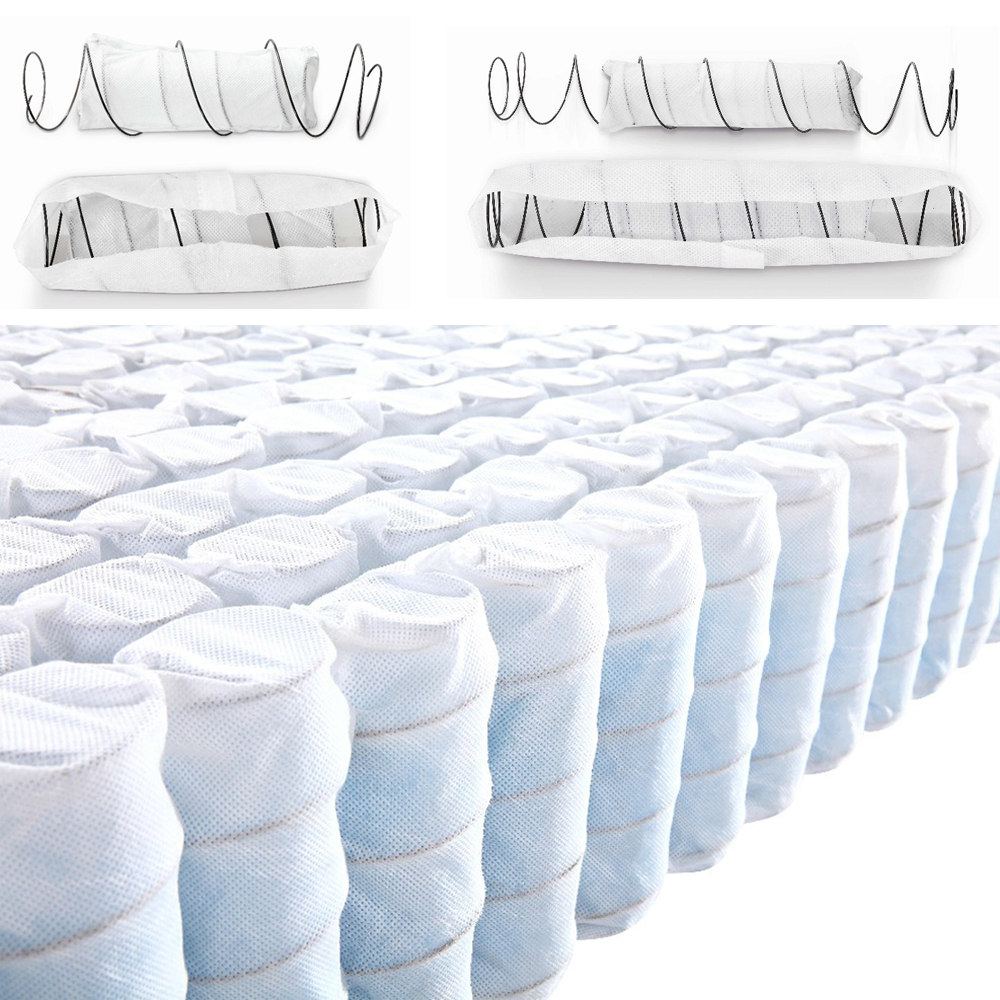
The support core of most luxury innerspring mattresses and hybrid beds comprises pocketed coils. Each coil is individually encased in a cloth cover. These pocketed coils are not connected, allowing them to move freely. Because of this, even when you share your bed, the mattress effectively isolates movement and ensures undisturbed sleep.
Pocketed coils also provide better contouring, similar to memory foam. These coils adhere to your body’s curves. They evenly distribute your weight and provide the comfort and support that each body part requires.
It ensures pressure relief and spinal alignment regardless of your sleeping position or body type.
Foam Mattress vs. Spring Mattress
What are the main differences between a foam mattress and a spring mattress? We’ve broken down what area foam and spring mattresses do best. So it’s up to you to decide on what factor matters the most to you.
Features | Foam Mattress | Spring Mattress |
Firmness | Softer cushion | More firm and resistant to pressure |
Back pain and pressure relief | Relieves pressure and maintains spinal alignment | Less pressure relief |
Sleeping position | Best for side and combo sleepers | Best for front and back sleepers |
Body type | Best for lighter body type (less than 100 kg) | Best for heavier body type (more than 100 kg) |
Motion isolation | No bounce and effective in motion isolation | Bouncier and allows motion transfer |
Temperature | Traps heat and no air ventilation | Does not absorb heat and allows air ventilation |
Affordability | Depends on the brand and quality | Depends on the brand and quality |
Initial Odour | Have off-gassing period | No initial odour |
Durability and Lifespan | More durable | Springs are prone to early damage |
Firmness
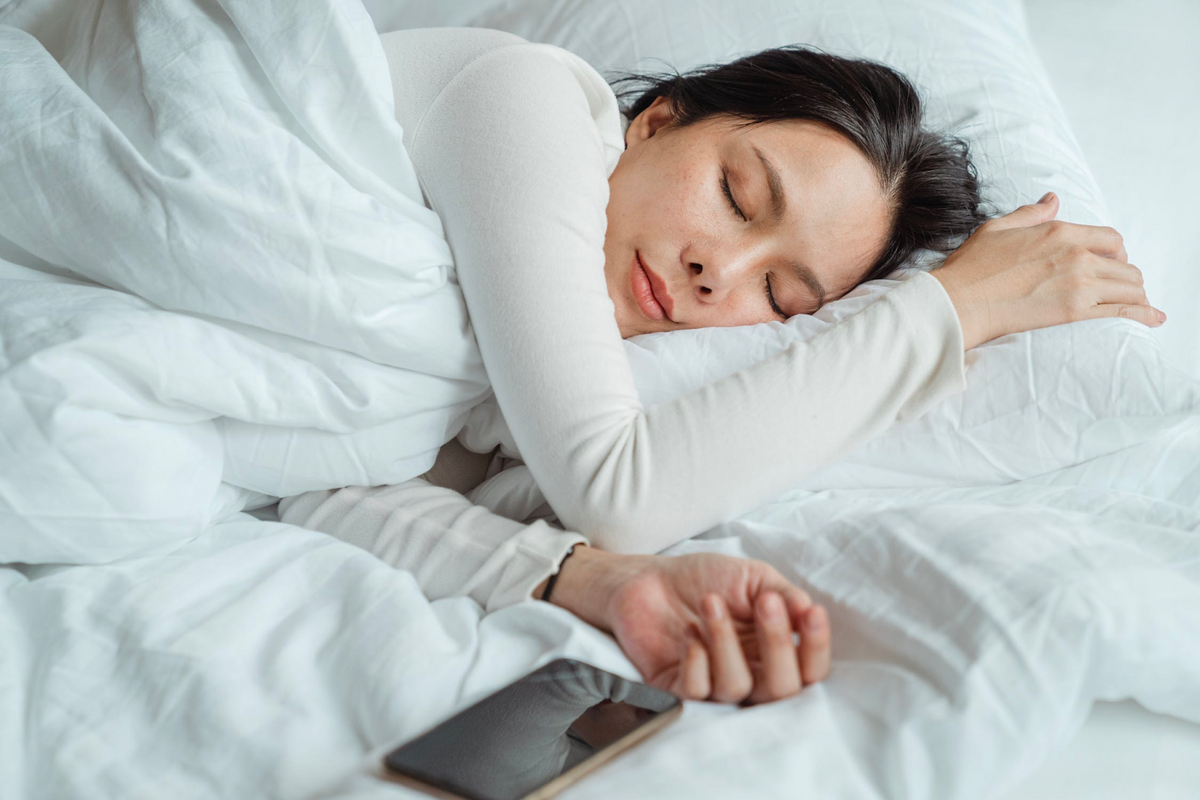
The firmness of a mattress is subjective depending on your body weight. Because of the different pressure exerted, a mattress may feel more firm to a lighter person and feel softer to a heavier person.
But generally, spring mattresses provide more firm support because of the spring resistance and force to the mattress surface. On the other hand, foam mattresses have a cushioned support. A foam mattress can be compressed with less resistance than a spring mattress.
Best option: Spring mattress
Back pain and pressure relief

Spring mattresses are naturally firmer than foam mattresses. This is partly due to the springs’ ability to bounce back under pressure. Due to their pushback and unequal weight distribution, you may feel pressure on your main mattress contact points, namely the hips, the knees and the shoulders, which results in bad spinal alignment.
On the other hand, a foam mattress equally distributes your weight because it conforms to your body and fills the spaces along your curves. It cradles your pressure spots and relieves joint stress. Foam mattresses help relieve back discomfort because the layers of foam provide continued support and help maintain proper spinal alignment.
Best option: Foam mattress
Sleeping position

Some people prefer to sleep on their backs, while others sleep on their stomachs or sides. As a result, each sleeper type will experience varied comfort and support when sleeping.
Side and combo sleepers and light body type
Since foam mattresses conform to your body’s shape, side and combo sleepers will be comfortable sleeping in foam mattresses. The two big contact points, your hips and the shoulders, can sink as far as they need to, while the flank and thighs are sufficiently supported to align the spine perfectly.
However, we should note that side and combination sleepers on the heavy side (more than 100 kg) should look for a foam mattress that is not overly soft to support the weight. Luckily there is a wide array of mattresses with different firmness levels, depending on the manufacturer.
Best option: Foam mattress
Front sleepers, back sleepers, and heavy body type
Firmer mattresses are preferred for people sleeping on their stomach and back because they provide just enough sinkage and support. Because of its capacity to accommodate your spinal curve, a spring mattress is a popular choice for back sleepers. Back pain is relieved by lowering pressure on essential places.
If you are a back or front sleeper you should steer clear of memory foam. The chest can be compressed during sleep and make breathing difficult. Similarly, more than 100 kg persons will uncomfortably sink into softer mattresses.
In terms of body type, a spring mattress is ideal if you are on the heavier side because the springs allow the mattress to keep its shape under pressure and provide a lot of pushback support.
Best option: Spring mattress
Motion isolation

Motion isolation is crucial when you plan to share your bed with a partner, pets, or children, especially for a light sleeper. Spring mattress lacks motion isolation because of the bouncy nature of springs. One slight move can be felt by the other person sharing the bed.
On the foam mattress, motion does not transmit as easily as it does on a spring mattress. Your partner will remain undisturbed even when you move in your sleep or get in and out of bed.
Best option: Foam mattress
Which One Is Best To Keep You Cool At Night?

The spring mattresses are known for their temperature neutrality. The empty spaces between the coils allow air to flow freely within the mattress and lessens surface heat.
Because of its dense structure, foam mattresses don’t allow any airflow. As a result, heat trapped on the mattress cannot escape and is reflected in the body. Hot sleepers won’t be comfortable sleeping on foam mattresses, especially during summer nights. But there are some tips you can learn to keep cool on a memory foam mattress.
Best option: Spring mattress
Which One Is More Budget Friendly?

A standard innerspring mattress is frequently the most affordable option if budget is your main concern. Luxury innerspring mattresses are also available, with new features and cushioned comfort.
Due to their comfort, durability, and high-tech building processes, foam mattresses sometimes cost more than spring mattresses. A big pro for Latex mattresses include their natural properties and health and environmental benefits, albeit for a more expensive price tag.
On the other hand, simple foam mattresses are occasionally offered at substantially lower prices.
Best option: Both
Off-gassing

Most foams have a period of “off-gas” for 1-3 days after first set up. Except for latex foams, most foam mattresses are made from petroleum derivatives. They have a range of odours depending on the ingredients used. This is not to worry about since the smell dissipates after a few days. Many regulatory agencies guarantee that off-gassing is kept to safe levels.
On the other hand, a spring mattress’s initial odour is never an issue since it is not synthetic material. So if the initial odour bothers you, you should consider this.
Best option: Spring mattress
Mattress Lifespan
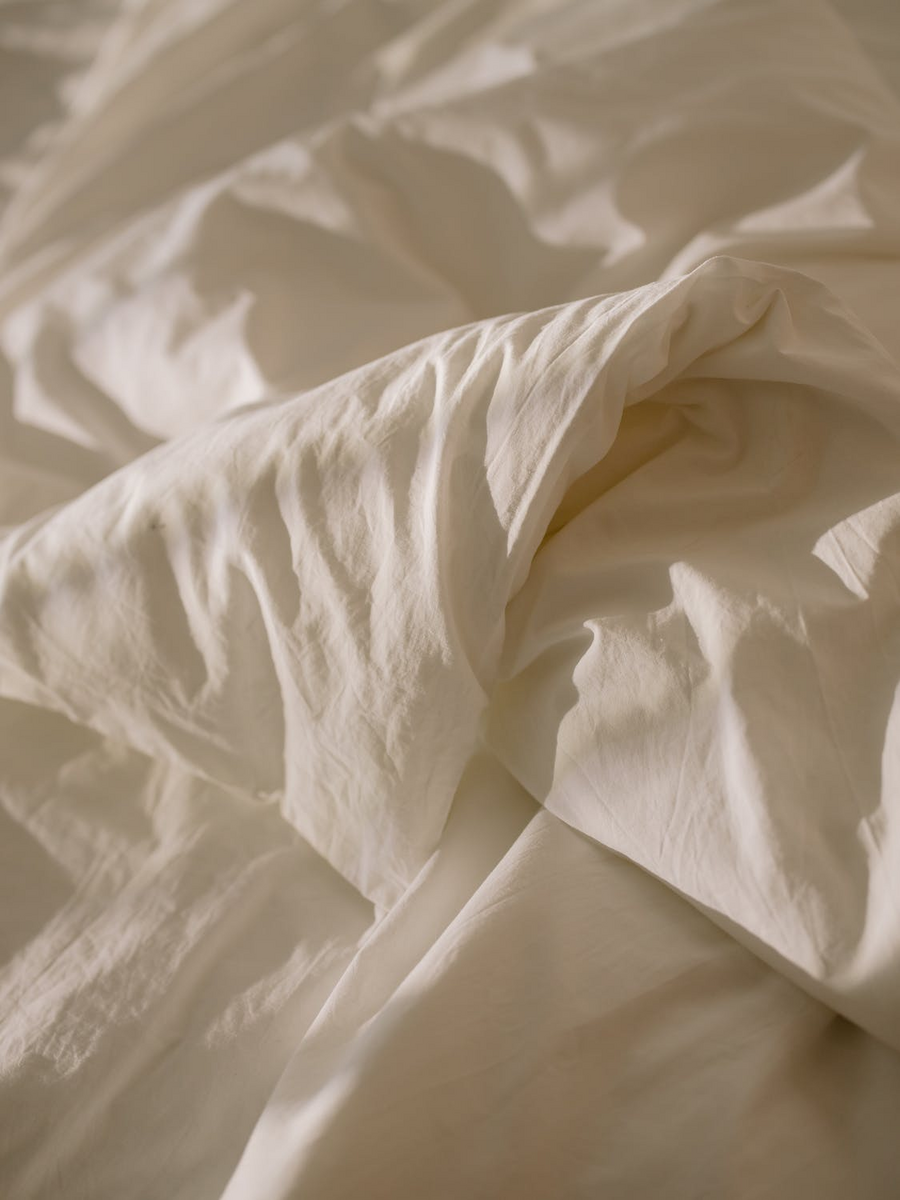
Because metal is durable, you might believe that a spring mattress has a long lifespan. However, coils are prone to breaking or losing elasticity due to bouncing. Depending on the quality and how you utilise your spring mattress, it can last three to seven years.
A foam mattress is more likely to outlast a spring mattress. Foam mattresses are challenging to break down, especially those with a high-density foam core. There are also cases of manufacturers using fiberglass as a fire retardent, making it dangerous to cut or puncture a memory foam mattress. When properly cared for, foam mattresses can last up to eight years.
Best option: Foam mattress
So, what is better between the foam mattress and spring mattress?
Based on what we’ve talked about, we can’t know for sure. Every sleeper has different priorities and preferences. Both foam mattress and spring mattress have their advantages and disadvantages. To choose the ideal mattress for you, check every factor that matters the most to you and see what type of mattress does best in that area.
Foam mattress is best for:
- Sleepers who prefer body contouring foam
- Sleepers suffering from back pain
- Side sleepers and combination sleepers
- Sleepers with light body type of less than 100 kg
- Light sleepers who wake up easily with slight movement
- Sleepers who prefer an extra warmth during sleep
Spring mattress is best for:
- Sleepers who prefer a firm mattress
- Stomach and back sleepers
- Sleepers with heavy body type of more than 100 kg
- Sleepers who prefer a bouncy bed
- Hot sleepers
- Sleepers who are sensitive to the off-gassing
Still undecided? Try A Hybrid Mattress!
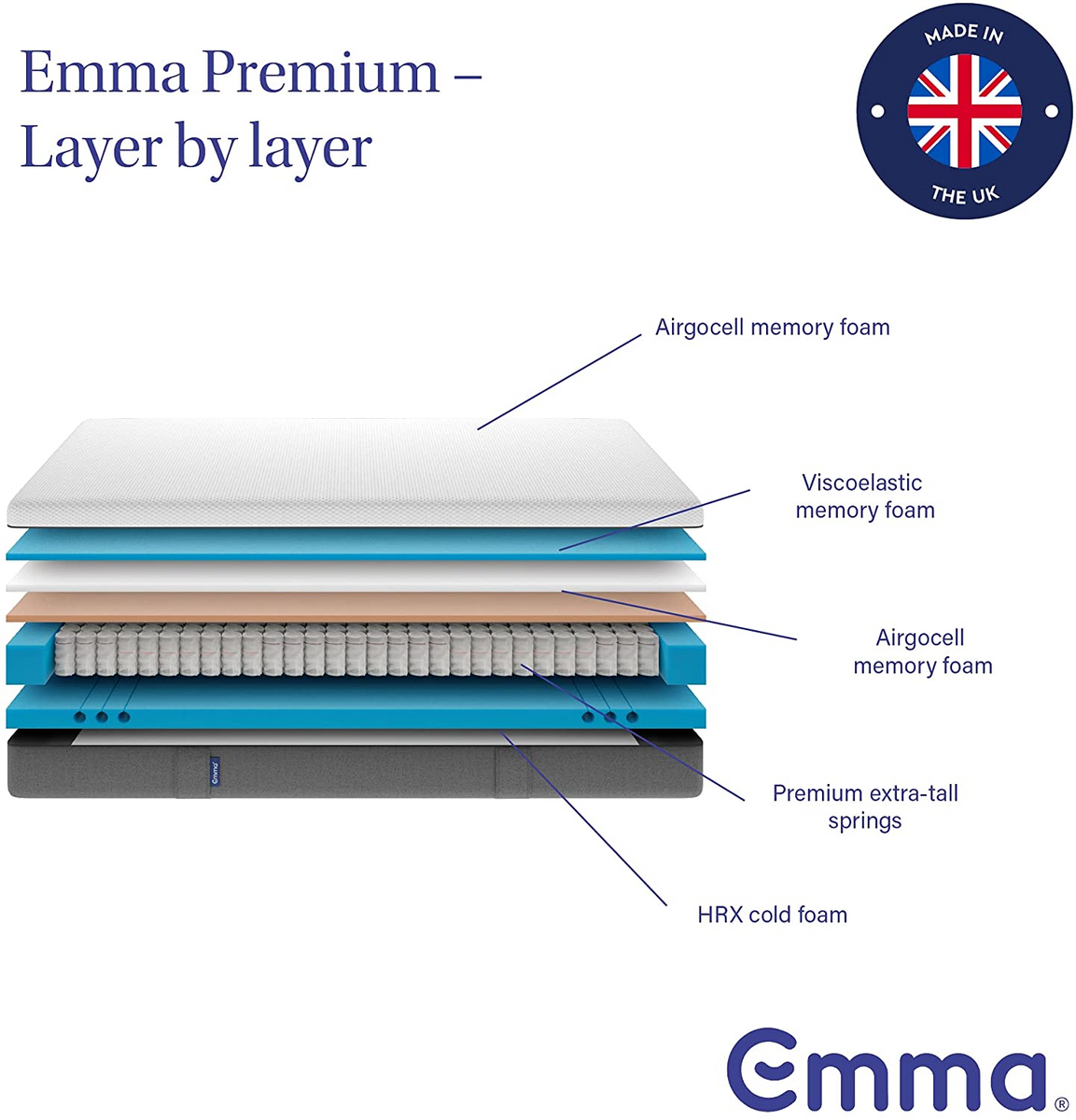
What is a hybrid mattress? Well, it’s like a combination of foam and a spring mattress. You don’t have to choose between the two. With a hybrid mattress, it’s like the best of both worlds and the combined benefits also.


